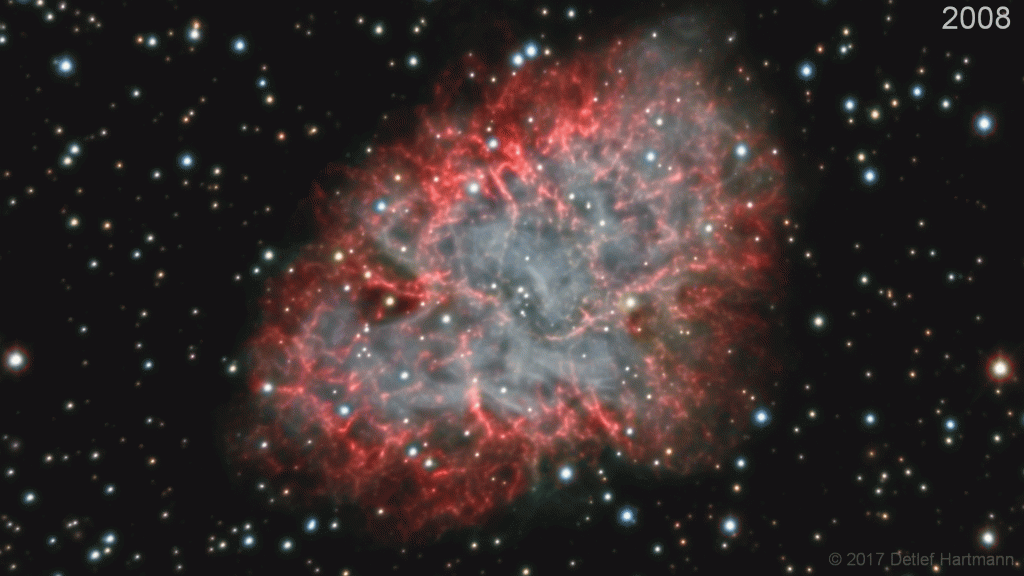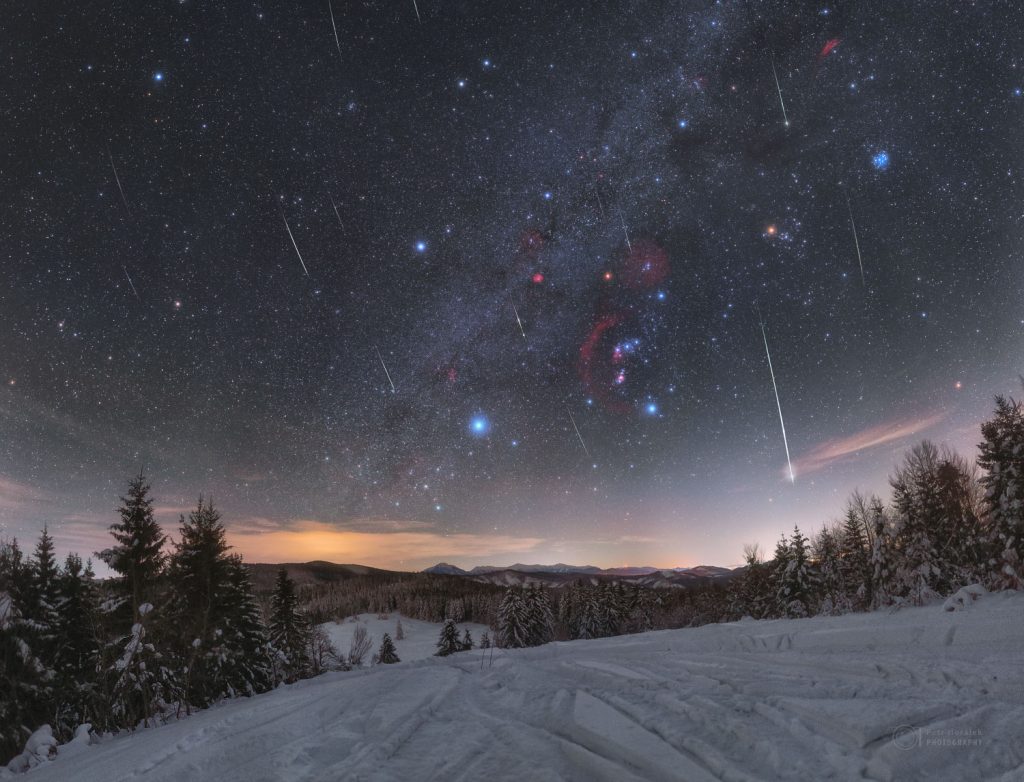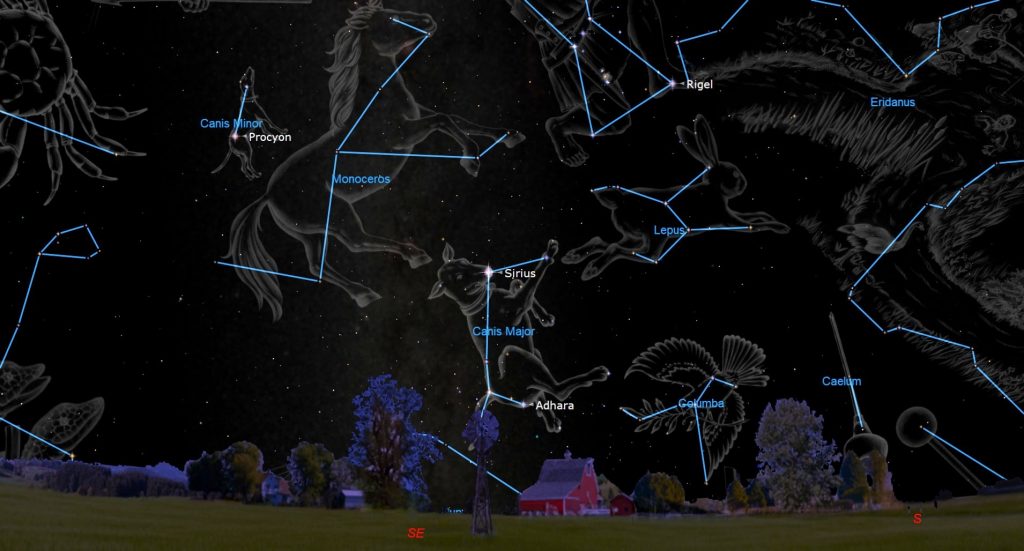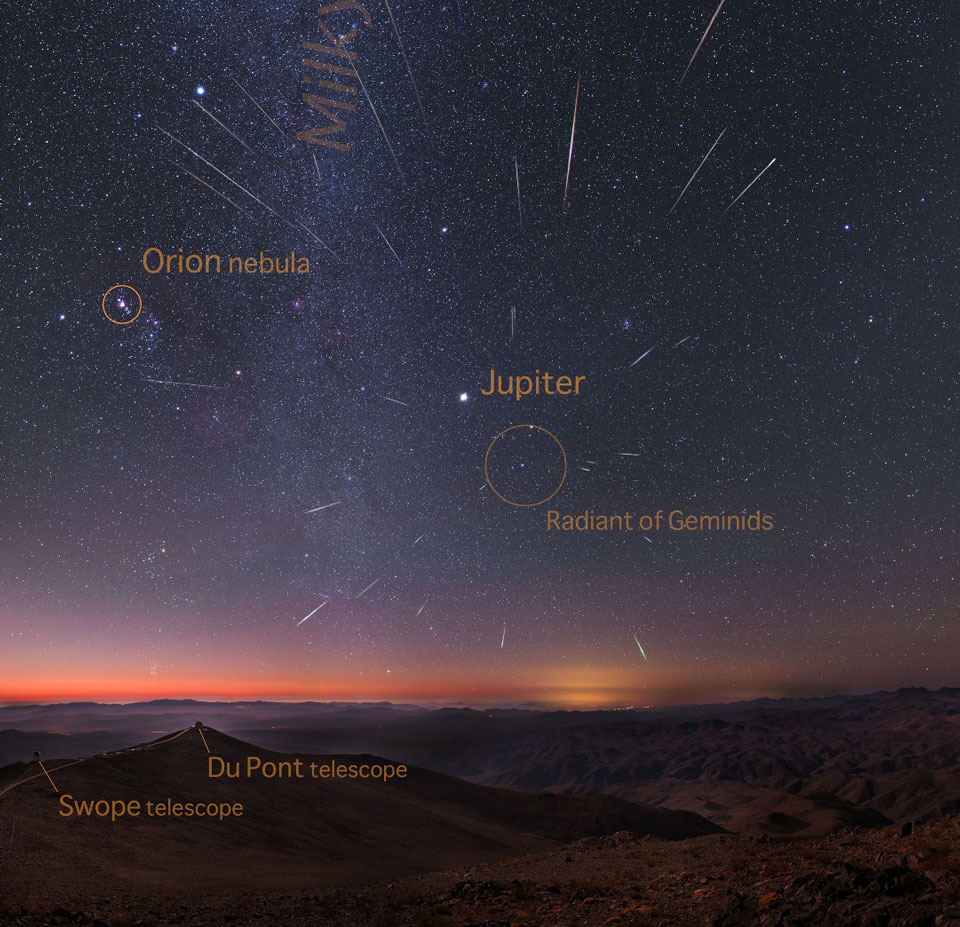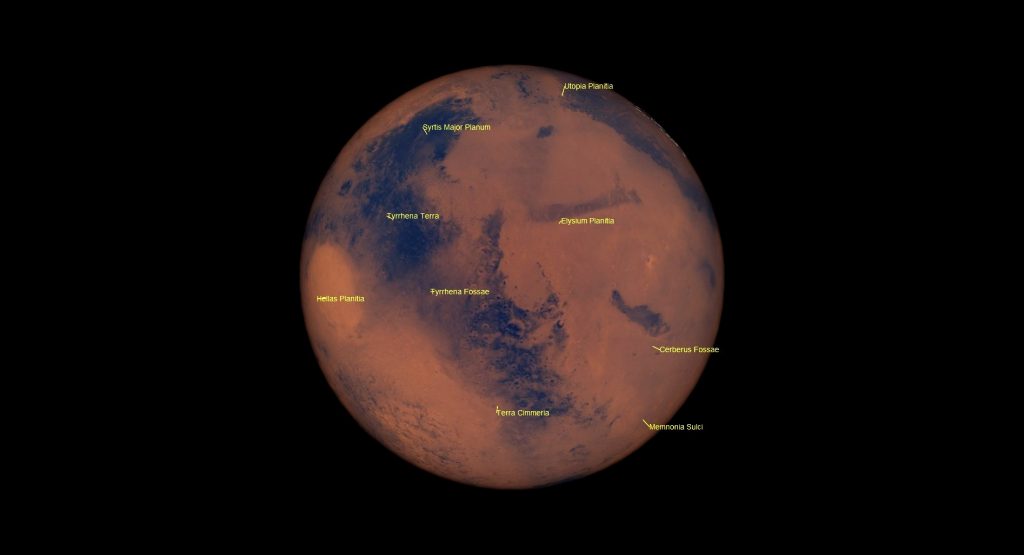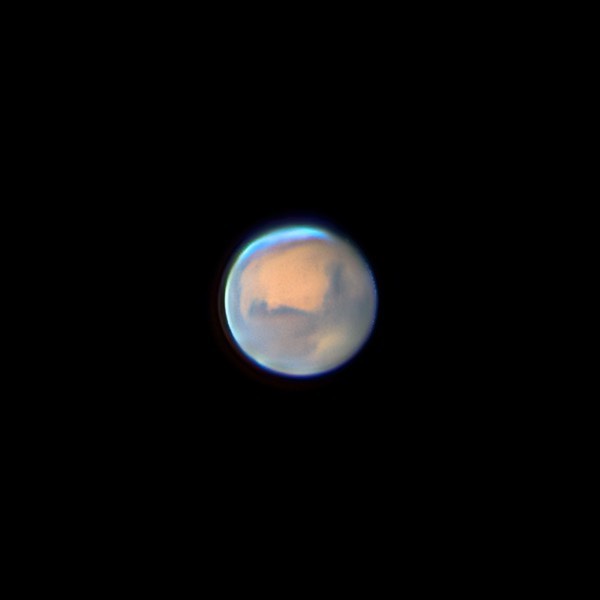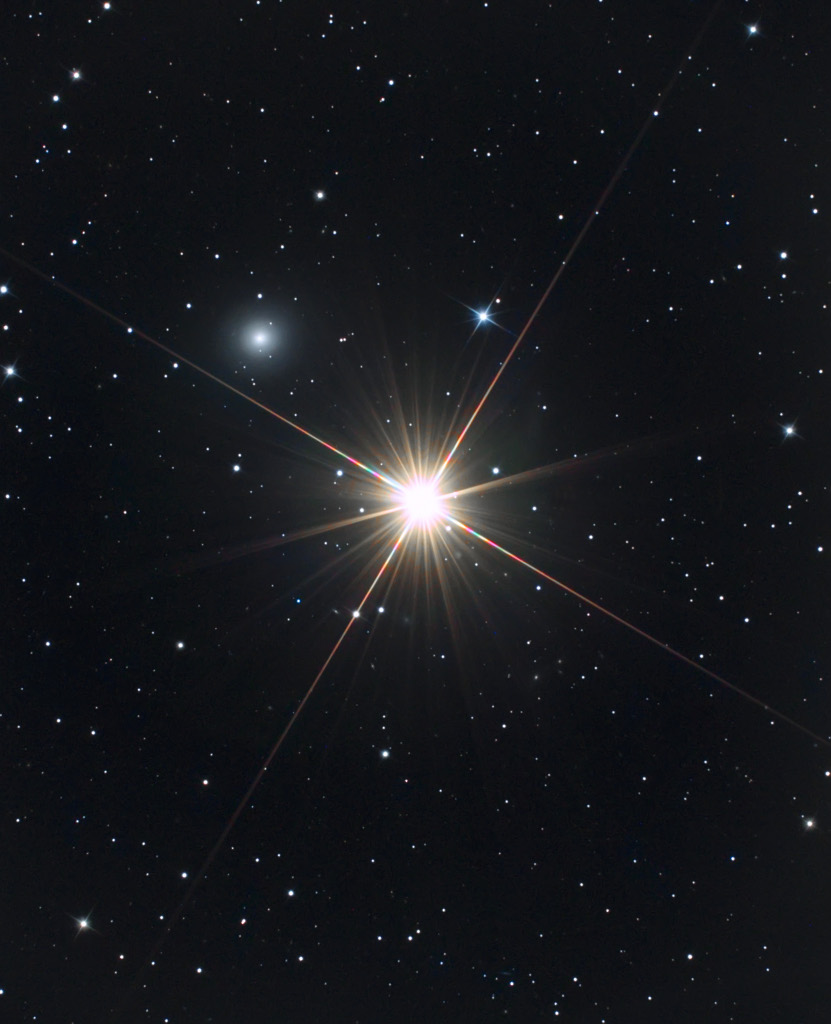A Spotty Sun, Comet E3 Enters Evening, Pre-dawn Lunar Libration, Mercury in Morning, Venus Smooches Saturn at Sunset, and a Taurus Tour!
This amazing composite image by Detlef Hartmann shows the continued expansion of the Crab Nebula Supernova Remnant (aka Messier 1) in Taurus over 10 years (Sept 29, 2008 through Sept 22, 2017). It spans about 0.1 degrees of the sky. In the heart of the nebula sits a rapidly rotating neutron star that emits radio…
Read more
